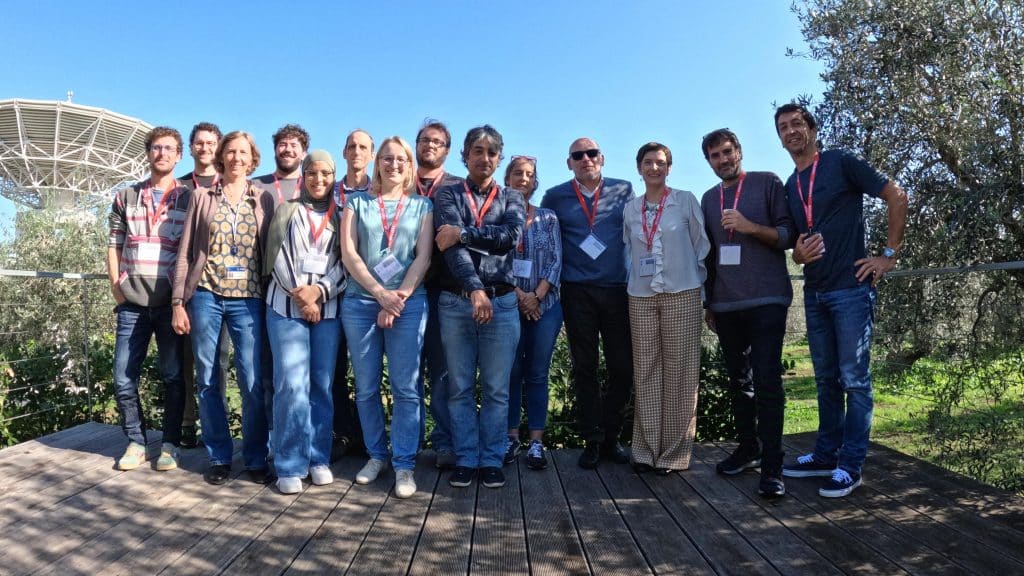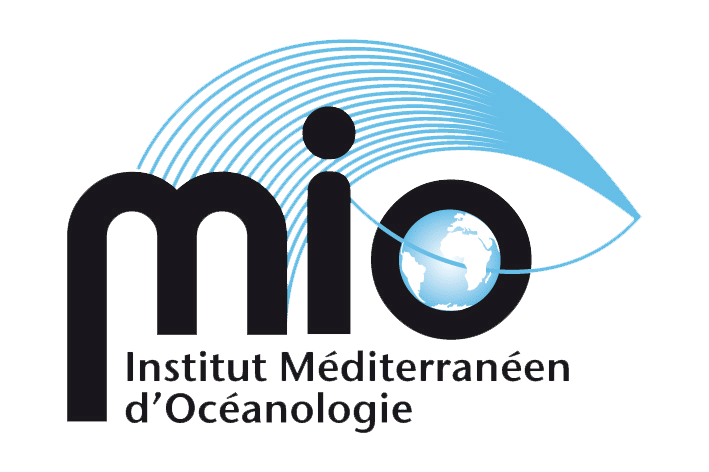In the framework of the 4DMED-sea project and its extension, an international workshop entitled “Grounding Lagrangian particles in satellite-derived oceanic flow fields” was held from Oct. 30 to Nov. 6, 2024 at the Science Hub of the European Space Agency in ESRIN (ESA Centre for Earth Observation, Frascati, Italy). Leaded by AMU and CSIC, it gathered 12 established experts (from France, Spain, Italy, Netherlands, USA) and 6 early-career researchers to exchange ideas (Oct. 30, 31), to brainstorm collectively and co-write a scientific article (Nov. 4, 5, 6). Beyond the training component, it aims to recall the background and describe the problem to anticipate possible solutions.
Over the last few decades, Lagrangian modelling has proved its effectiveness in fundamental research into transport, mixing and dispersion processes in the ocean. It has recently been used for more applied research (such as the connectivity of networks of marine protected areas, fisheries management, etc.) and is already being considered for various societal applications (search and rescue operations at sea, monitoring of plastics, oil spills and other anthropogenic contamination events, assessment of water quality in connection with dredging operations in ports, underwater cabling, offshore wind farms, etc.).
However, the modelling results depend on the numerical scheme used and, above all, on the quality of the current fields used. Unlike databases generated by operational models and reanalyses, satellite-derived products are unique in that they are the only source of gridded ocean currents from satellite observations, covering both the coastal and open ocean simultaneously on a global scale. In 4DMED-sea, such current fields have been generated for the first time at high resolution and in the inner ocean, opening up new prospects for research and applications. However, the factors contributing to inaccuracies near the coast and near bathymetric features (closed boundary conditions) are not fully understood or taken into account at present. This is particularly the case in the coastal ocean, where the stranding of numerical particles is significant, which biases the resulting analyses.
After reviewing the most common impacts (e.g. parasitic trajectories, artificial gain/loss of particles, inability to distinguish true from false groundings) and their causes (complex coastline, convoluted bathymetry and unresolved multi-scale coastal dynamics), the group summarised the main potential solutions (e.g. correcting the flow field itself, correcting littoral trajectories, or parameterising groundings) in order to anticipate uncertainties, harmonise good practice and guide efforts in the field. The group summarised the main potential solutions (e.g. correcting the flow field itself, correcting shoreline trajectories, or parameterising the grounding) in order to anticipate uncertainties, harmonise best practice and guide the future efforts of the whole community (academic and non-academic).
Léo Berline, Chaimaa Rwawi and Vincent Rossi (organizer) from MIO participated in this event, gave various oral presentations and took actively part in the scientific debate. A peer-reviewed collaborative paper on the topic will be published in 2025…
Stay tuned!
Contact : Dr. Vincent Rossi





